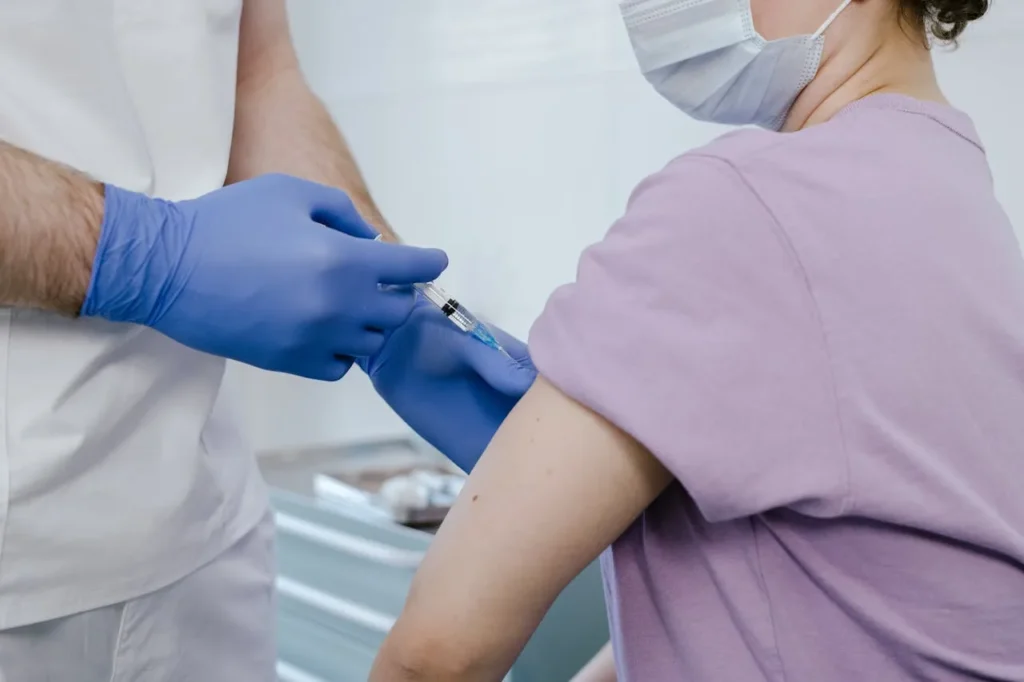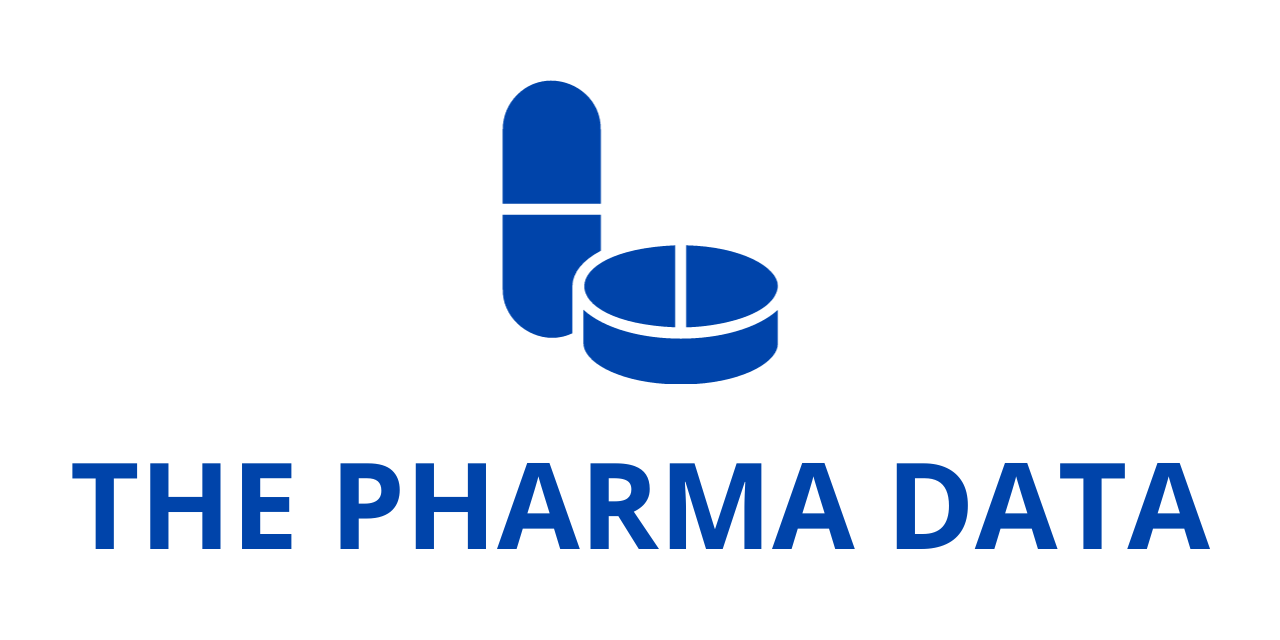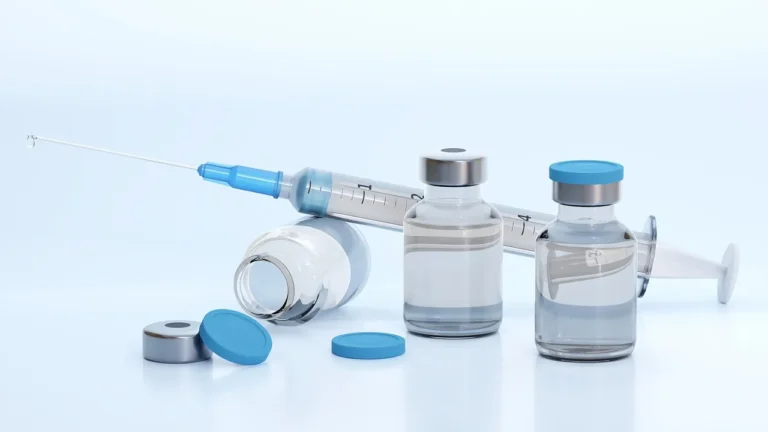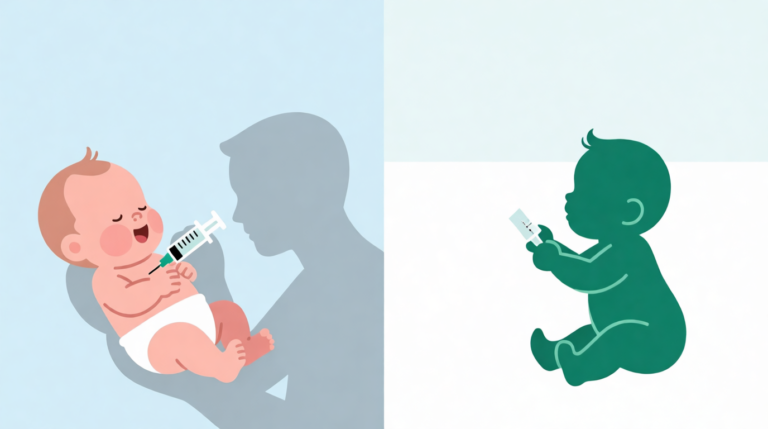
WHO Experts Plan Bold Steps to Strengthen Global Immunization
The World Health Organization’s Strategic Advisory Group of Experts on Immunization (SAGE) has raised significant concerns about mounting pressures that threaten global vaccination efforts. During its latest meeting from March 10 to 13, SAGE underscored both the remarkable progress achieved in immunization over the past decades and the looming risks that could reverse these hard-won gains. The group warned that reductions in funding and shifting priorities in global health pose serious challenges to immunization programs, particularly in the wake of the COVID-19 pandemic. As countries struggle to rebuild their health systems, there is an increasing diversion of resources away from routine vaccinations. This reallocation could jeopardize advances in child survival and the prevention of life-threatening diseases.
Vaccination remains one of the most cost-effective and impactful public health interventions, preventing millions of deaths annually. However, without sustained political and financial commitment, the progress made under the Immunization Agenda 2030 (IA2030) could be severely undermined.
A Mixed Picture: Progress Amid Budget Reductions
The WHO’s Department of Immunization, Vaccines, and Biologicals presented an extensive report detailing major achievements as well as critical threats to immunization efforts worldwide. Recent years have seen encouraging developments, including the continued rollout of vaccines against human papillomavirus (HPV), malaria, and tuberculosis (TB). These advancements represent crucial steps in reducing disease burden globally.
However, many immunization programs are now grappling with dwindling donor support and shrinking national health budgets. The funding landscape has become increasingly precarious, leaving many vaccination campaigns vulnerable. Among the most concerning developments is the weakening of measles control efforts. Declining vaccination rates and fragile surveillance systems have heightened the risk of measles outbreaks, particularly in regions where routine immunization has yet to fully recover from COVID-19 disruptions. WHO officials reaffirmed their commitment to bolstering innovation, enhancing regional vaccine manufacturing, and fostering partnerships to build more resilient immunization systems for the future.
Gavi’s Strategic Vision for 2026–2030
The Global Alliance for Vaccines and Immunization (Gavi) outlined its upcoming strategy for the period of 2026–2030, known as Gavi 6.0. This ambitious plan is designed to expand access to new vaccines, fortify national immunization programs, and reduce the number of zero-dose children—those who have not received any vaccines. A major focus of the strategy is on HPV immunization, with the goal of vaccinating 86 million girls by 2025. Additionally, Gavi is increasing investments in malaria and polio vaccines to curb disease transmission and protect vulnerable populations.
Despite these efforts, vaccine supply constraints remain a persistent challenge, particularly in the context of emerging health threats. The ongoing mpox (monkeypox) emergency in Africa has highlighted the urgent need for a sustainable vaccine stockpile. In the Democratic Republic of the Congo (DRC) alone, over 582,000 doses have been administered, yet supply shortages continue to impede broader immunization efforts. Gavi emphasized the necessity of addressing these challenges to ensure timely and adequate vaccine distribution.
Measles Resurgence and Lagging Coverage Rates

Regional data presented at the SAGE meeting revealed a troubling rise in the number of zero-dose children in various parts of the world. While some regions have made significant strides in HPV vaccine scale-up—particularly in South-East Asia—many others continue to struggle with routine immunization coverage.
Measles remains a major concern, especially in areas where immunization rates have yet to recover from pandemic-related setbacks. Although initiatives such as “The Big Catch-Up” have helped narrow coverage gaps, significant challenges persist. The risk of large-scale measles outbreaks is increasing in many countries, fueled by inconsistent vaccine supply, healthcare infrastructure issues, and shifting government priorities.
Advancements in Vaccine Development and Smarter Strategies
One of the key discussions during the SAGE meeting centered around updated evidence on pneumococcal, varicella (chickenpox), and herpes zoster (shingles) vaccines. The experts recommended greater flexibility in vaccine schedules, allowing countries to tailor immunization strategies based on their unique public health needs. However, the introduction of newer, high-valency vaccines presents trade-offs that governments must carefully consider, balancing factors such as cost, efficacy, and implementation feasibility.
Another critical point emphasized by SAGE was the need for enhanced disease surveillance to guide vaccine policy decisions. Strengthening monitoring systems will allow health authorities to respond more effectively to outbreaks and optimize vaccine deployment strategies.
Mpox Emergency: A Growing Concern with Limited Resources
A resurgence of mpox, first declared an emergency in August 2024, has further strained global vaccine supplies. The outbreak, which has been spreading across multiple African countries, underscores the urgent need for a well-coordinated response.
Despite ongoing efforts to control the outbreak, supply constraints remain a significant hurdle. WHO and SAGE experts have recommended flexible dosing strategies to maximize the impact of available vaccine stocks. Additionally, they stressed the importance of preventive vaccination for high-risk populations. The situation is further complicated by budget reductions in HIV programs, which could inadvertently increase vulnerability to mpox infections, particularly among immunocompromised individuals.
Polio: The Ongoing Challenge of Eradication
Polio eradication remains an elusive goal, with continued transmission reported in Pakistan and Afghanistan. In addition, vaccine-derived poliovirus cases have been detected in multiple regions, including parts of Europe, raising fresh concerns about containment efforts.
In response, SAGE endorsed a revised inactivated polio vaccine (IPV)-based schedule comprising three doses. However, the experts cautioned that achieving full coverage is crucial to eradicating the disease. Any gaps in immunization efforts could prolong the presence of poliovirus in affected regions, necessitating sustained commitment from governments and global health organizations.
The Path Forward: Strengthening Immunization Systems
As SAGE concluded its deliberations, it emphasized the urgent need for continued investment in global immunization programs. The meeting served as a stark reminder that progress in public health is fragile and requires unwavering support.
To prevent backsliding, WHO and its partners must work closely with national governments to secure sustainable funding for vaccination efforts. Expanding regional vaccine manufacturing capabilities, enhancing disease surveillance, and developing innovative immunization strategies will be key components of this effort.
Furthermore, public health authorities must remain vigilant in addressing vaccine hesitancy, which continues to pose a barrier to achieving high coverage rates. Community engagement and transparent communication will play a pivotal role in fostering trust and ensuring widespread vaccine uptake.
Despite the challenges ahead, the global health community remains committed to protecting millions of lives through immunization. However, the path forward requires coordinated action, political will, and sustained financial support to uphold the progress made in the fight against vaccine-preventable diseases.
The warnings from WHO’s SAGE should serve as a call to action for governments, donors, and health organizations worldwide: without decisive intervention, the world risks losing decades of immunization progress, with dire consequences for public health.




